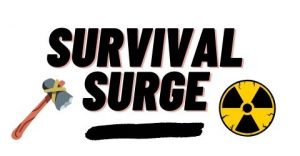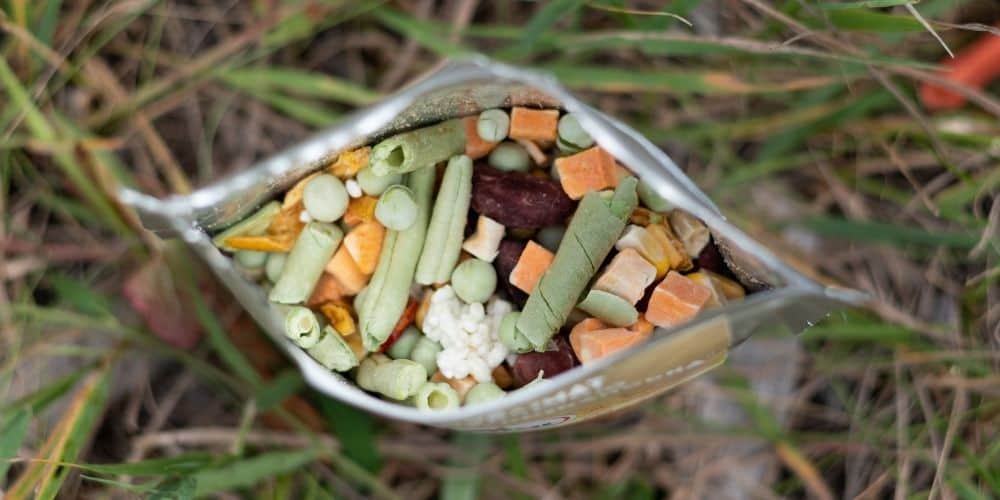Survival food is a great way to be prepared for emergencies, but how do you know if it’s still good?
The best way to tell if your survival food has gone bad is by checking the expiration date. If the expiration date has passed, it’s time to throw it out and get some new stuff.
You can also check the packaging for any signs of damage or spoilage. If there are any holes in the package or discoloration on the outside, toss it!
In this article, we will take a more in-depth look at the shelf life of popular survival foods.
You will learn which ones last the longest and are the most reliable and those that don’t last too long.
Different Types Of Food: How Long They Last
Canned Food (5 Years)
Canned food is a great option to store in your emergency kit because it lasts long.
It’s also more affordable and easy to find than other types of survival food like freeze-dried food and MREs (meals ready to eat), even though they last for a shorter period of time.
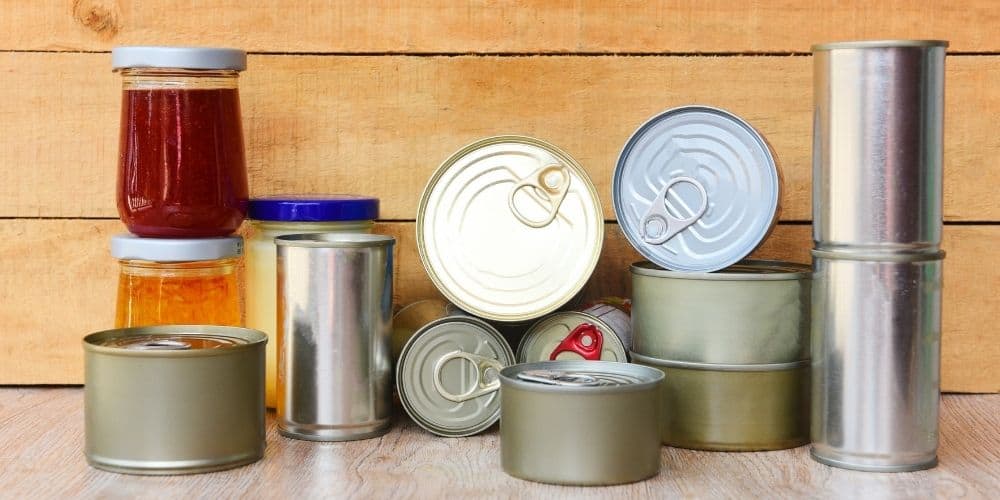
It’s vital to keep canned food at normal room temperature, which is between 50°F – 70°F or 10°C – 21°C [1]. Be sure not to leave it in a scorching environment, such as inside a car during the summer.
Common canned goods are tuna, green beans, carrots, corn, beef stew, meatballs, etc.
Canned food can last for a long time, providing it’s stored in a cool, dark place. The average shelf life of canned food is about 1-2 years, but some cans can last up to 5 years.
It’s essential to check the can’s expiration date and keep an eye out for any signs of spoilage. If the can is bulging or if the food inside has a strange odor, then it’s best to throw it out.
Powdered Milk (10 Years)
Powdered milk is trendy with people who want to drink something besides plain water.
It’s safe to say that most people would agree, powdered milk doesn’t taste as good as fresh milk.
But we’re survivalists, right? Therefore, the taste isn’t as important as the shelf life, in my opinion.
That’s why you’ll be glad to hear powdered milk can last for up to 10 years when stored in a cool, dark place.
Freeze-Dried Foods (25+ Years)
Freeze-dried food is a food preservation technique in which water is frozen and removed to prevent spoiling.
Since the process of freeze-drying removes the moisture from foods that would otherwise spoil, it retains more of the grassy and sweet flavors that attract people who enjoy eating vegetables while at the same time providing a long shelf life (25+ years) and convenience.
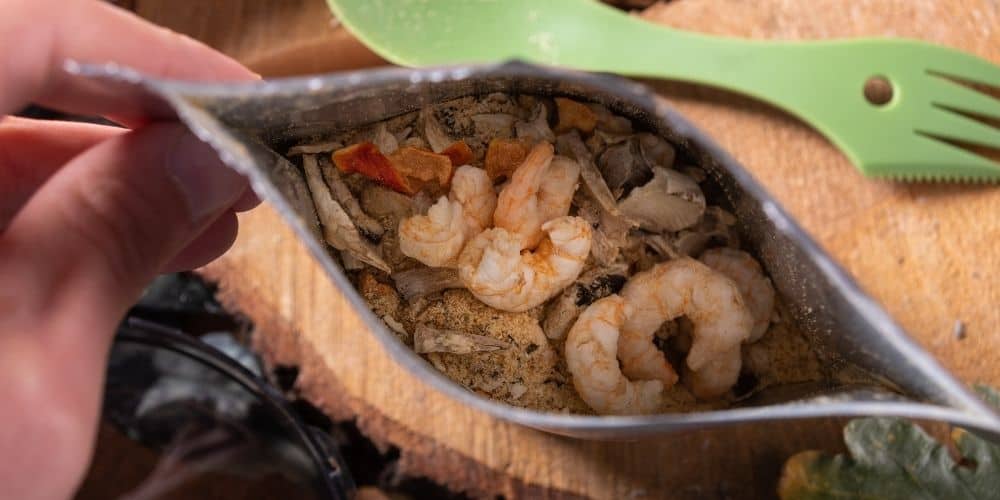
This also makes it an excellent choice for hikers and campers on extended trips and anyone looking to avoid food waste by keeping some on hand for an emergency situation.
Just because something has been freeze-dried doesn’t always mean that it’s good for you, so read labels carefully and compare nutritional content before purchase.
Baking Soda (indefinitely)
Baking soda is a very versatile substance that is used for a variety of purposes. It can be used for baking, cleaning, and even as a deodorant.
One of the most popular uses for baking soda is as a leavening agent in baked goods. This means that it helps the food rise and gives it a fluffy texture.
Baking soda is also used to neutralize acids, so it’s often added to batters and doughs.
Baking soda can also be used to clean surfaces and appliances. It’s a great alternative to chemical-based cleaners, and it’s gentle enough to use on skin.
Finally, baking soda can be used as a deodorant. It helps to stop sweat and fight odors.
It can last indefinity as long as it is stored in a tightly sealed container to keep the moisture out. However, it will begin to lose its potency after the 18-month mark.
Honey (indefinitely)
Honey is a sweet syrup that is produced by bees. It’s made from the nectar of flowers, it’s inexpensive, has a relatively long shelf life of 2 years, isn’t prone to spoilage or contamination, and provides many health benefits for its consumers.
With that being said, it can last indefinitely if you’re okay with sacrificing some flavor. The ‘best by’ date is just a general guideline. However, don’t be surprised if honey is still edible decades later.
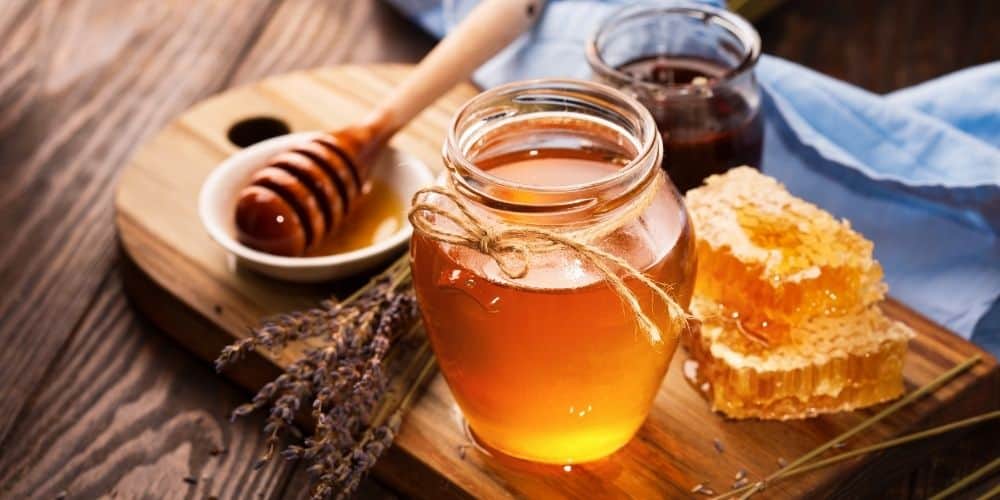
One of the primary uses for honey is as a natural food that promotes healing and wellness. Honey can be used topically on sore throats, cuts, burns, swollen joints, ulcers, eczema symptoms, insect bites, etc.
It can also be used in recipes for baking or brushing on toast — it provides a more natural alternative to white sugar!
Dried Beans (indefinitely)
Beans and dried beans are two different types of legumes. Beans are a plant’s mature, edible fruit related to the pea. They are usually large and kidney-shaped.
On the other hand, dried beans result from harvesting and drying the bean crop. They come in a variety of colors, shapes, and sizes.
The primary difference between beans and dried beans is that dried beans have been soaked and cooked, whereas beans can be eaten fresh or cooked.
Dried beans can last for 3 years as long as they are stored in a cool, dry place. Be sure to check the best by date on the package to know how fresh they are.
Once again, this is a general guideline. Dried beans last indefinity, but will lose vitamin content over the years.
Sugar (indefinitely)
Sugar is good for several reasons. It’s a great source of energy and it doesn’t spoil like other foods.
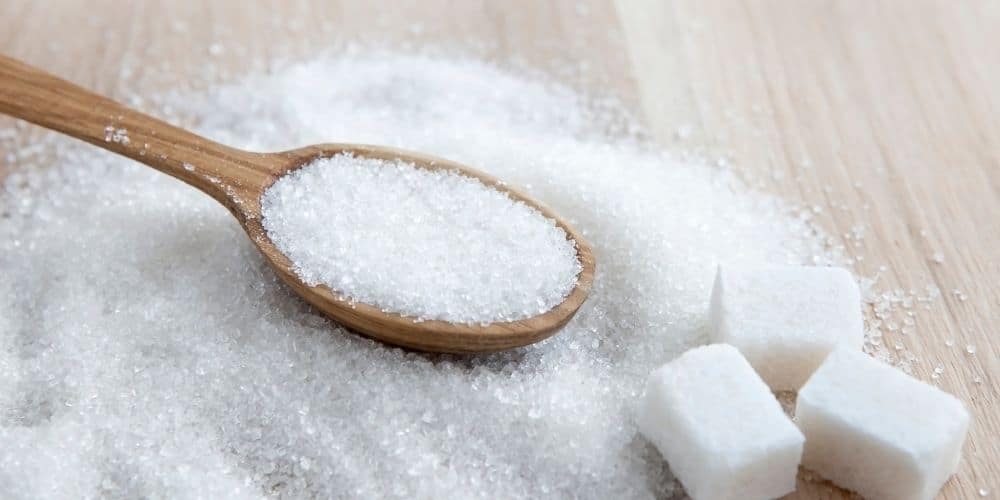
Sugar is also inexpensive and can last forever if stored in a cool, dark place. Plus, it’s stocked throughout your local food stores, making it easily assessable.
Tips A Longer Shelf Life
Make Sure It's Stored Properly
One of the best ways to increase the shelf life of your food is to store it in a dark, cool place. This area should also be pest-free so that nothing can contaminate or spoil your food supplies.
If you’re concerned about the safety of the food after you’ve opened it, simply put it in an airtight container [2]. This is also great to prevent pests from getting at it.
Use Air-Tight Containers For Food Storage
When food is stored in an airtight container, it protects the food from coming into contact with the oxygen in the air.
The container should not be too large or too small. It should also be made of a material to protect the food from exposure to light and moisture.
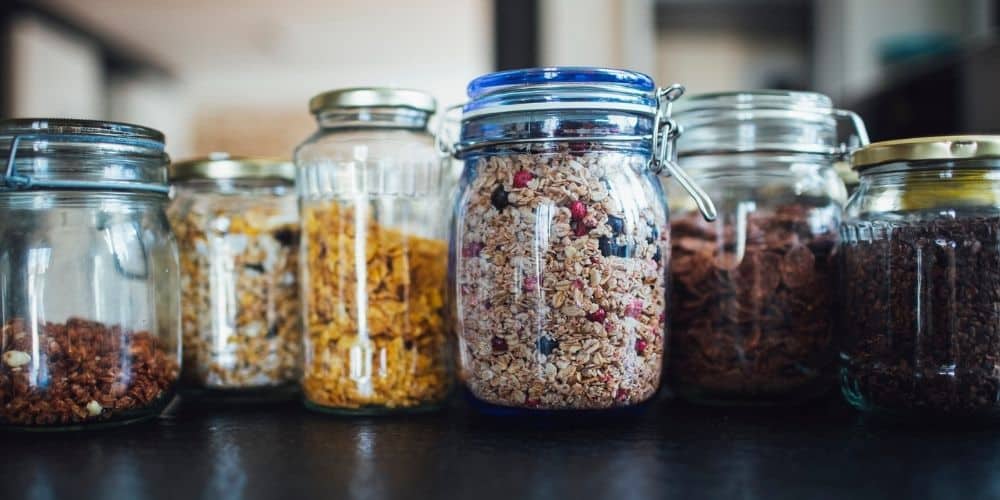
Plastic containers are not as effective as glass containers because they’re more likely to break and release harmful substances into the food that could cause contamination.
Why The Best By Date Is Not Correct
The “best by” date is just a general guideline. It’s set by the manufacturer to indicate when the food is at its freshest. However, this doesn’t mean that the food is no longer edible after that date.
In fact, many foods will still be safe to eat after the “best by” date. It just might not taste as fresh.
FAQ
Can You Get Survival Food With Indefinite Shelf Life?
Yes, many types of survival foods have an indefinite shelf life – Dried beans, honey sugar, baking soda, freeze-dried meals.
Dried beans last indefinitely as long as they are stored in a cool, dry place. Look for the best by date on the package to know how fresh the beans are.
Honey is also an option with an indefinite shelf life that doesn’t spoil or get tainted, providing numerous health benefits while being delicious too!
Can canned food last 100 years?
No, canned foods will not last that long even if stored in a cold, dry place. Food in cans may have a shelf-life of 5 years.
What is the oldest food ever eaten?
Honey has been found in Egyptian tombs dating back as long as 3000 years [3]. Beeswax was used as a preservative, and the honey may have been produced for sweetening drinks like tea and coffee.
Before we Part
Emergency food is one of the most important things in a survival kit. You can’t eat bugs to live forever, so it’s good to have some food on hand.
There are different types of survival food with different shelf lives. Honey and dried beans have an indefinite shelf life, and Canned Food lasts around 5 years — but remember that canned food should only be eaten if you’re not able to find anything else.
